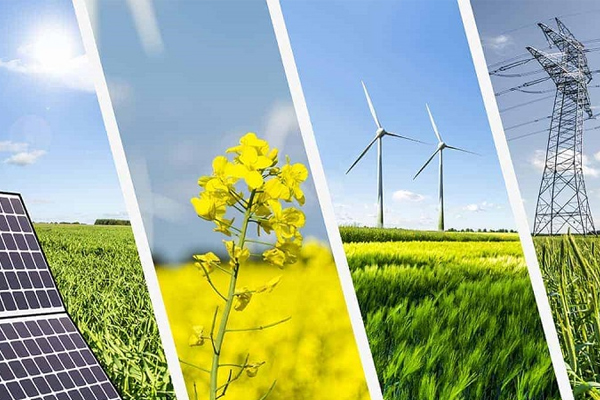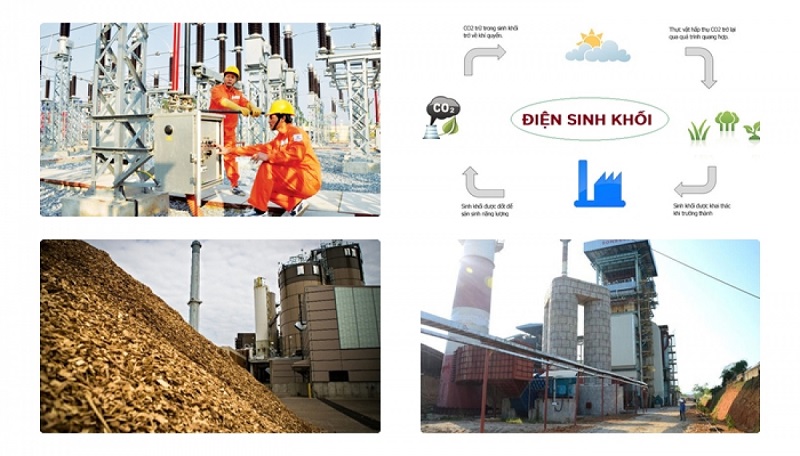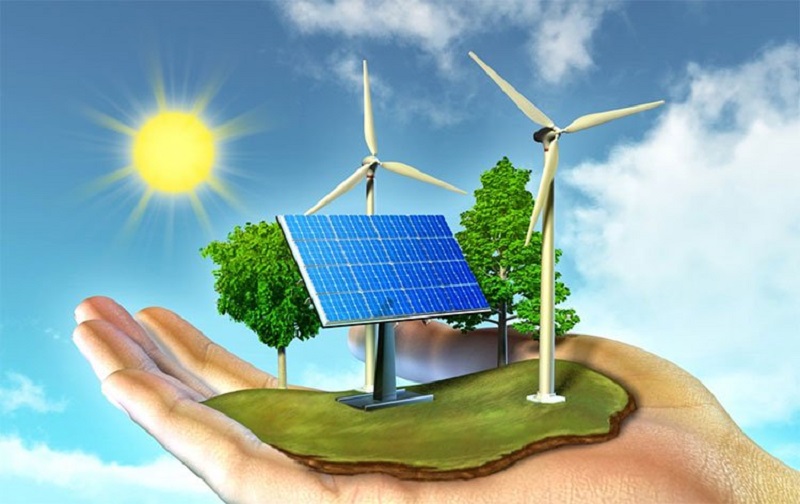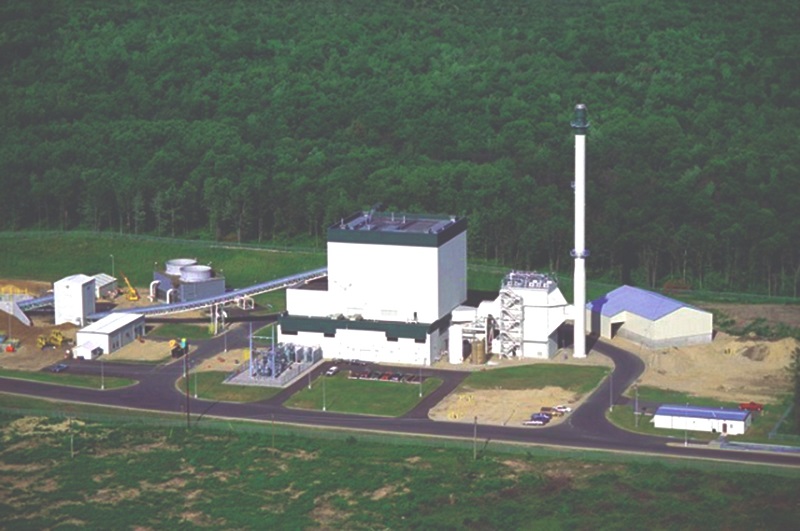Biomass electricity new development trend
Biomass power generation is more and more popular because of its high energy efficiency, environmental protection and other advantages. This is a renewable energy with large reserves, so it has received development investment from many countries. In Vietnam, the FiT price is also relatively reasonable to attract investors to participate in the development of biomass power projects. In this article, PECC3 will work with readers to learn about the development trend of this industry.

Learn what is biomass electricity?
Biomass is a commonly used term to refer to materials of biological origin such as cash crops, agricultural and forestry by-products that can be used as energy.
Biomass electricity is electricity generated from biomass raw materials. Biomass can be converted into electrical energy through various methods such as direct combustion, pyrolysis, gasification and anaerobic digestion. Different methods use different types of biomass.

Wind energy is one of the fastest growing forms of energy in the world and has great potential in Vietnam. Specifically, 2020 is the year of the highest growth of the global wind power industry.
Potential for the development of biomass electricity in Vietnam
As one of the countries located in the region that distributes the most annual sunlight in the world. Vietnam is assessed to have a renewable energy source with great potential as well as an abundant source of biomass raw materials. It is estimated that each year there are more than 160 million tons.
Vietnam is also evaluated by experts as a country with great potential for biomass energy such as agricultural waste, urban wastewater, which is widely distributed throughout the country. In particular, some forms of biomass can generate heat and electricity. On average, every 5 kg of rice husk can generate 1 KW of electricity.

Thus, Vietnam can use millions of tons of rice husk to generate hundreds of MW of electricity each year. The Mekong Delta contains a large amount of agricultural waste about 50% of the total agricultural waste of the country. The Red River Delta accounts for 15% of the country's total output.
It is estimated that by 2030 and 2050, the total potential of biomass energy will reach 113 million MWh and 120 million MWh, respectively. By 2030, biomass energy across the country will increase by about 1.9%/year.
Some biomass power plants in Vietnam
Currently, Vietnam is implementing a number of projects to build bio-power plants. Typically, the project to build a Biomass bio-electricity plant in the Green Forest in Phu Tho in the North. Installed capacity 40MW, generating capacity 331.5 million kWh/year. In the South, the biomass thermal power plant (biomass) in Minh Hung Industrial Park - Korea (Binh Phuoc) has a designed capacity of 19 MW, providing steam 70m3/hour.
The rice husk power plant projects with an average installed capacity of 10MW/plant are concentrated in the Mekong Delta. The total amount of rice husk accounted for nearly 55% of the total rice husk in the country is also a place with huge demand for heat and electricity.

– An Khe factory with a capacity of 95 MW Biomass power was built in Gia Lai province
– In Khanh Hoa is also built Khanh Hoa Sugar factory with a capacity of 60 MW
– KCP – Phu Yen Biomass Power Plant with a capacity of 30 MW.
– It is impossible not to mention Tuyen Quang Sugarcane Biomass Power Plant, capacity of 25 MW, Tuyen Quang province.
PECC3 recognizes that Vietnam has a lot of potential to develop biomass power generation now and in the future. This is a bright spot to develop the grid system and renewable energy to help create the best life.